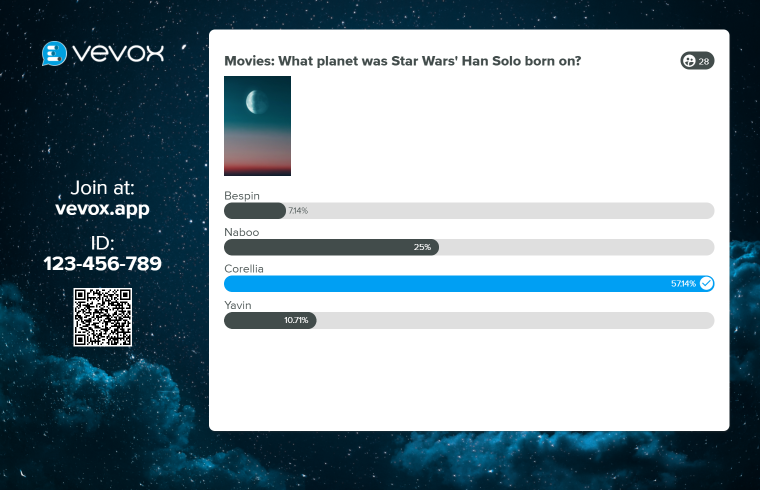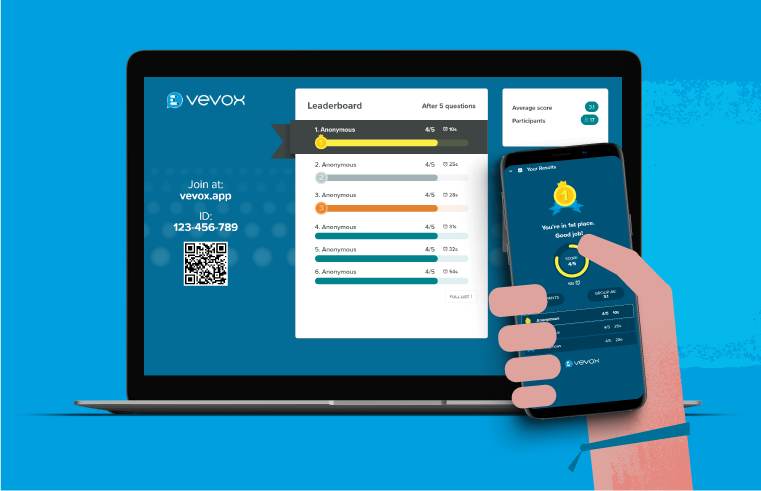Creating content takes time whether you're crafting emails or intranet posts, articles or presentations. Often there's a lot of pressure to get said content out of the metaphorical door as quickly as possible, so it’s easy to see how some internal comms content can end up being lacklustre and dare we say a little dry. With internal communications teams taking such a pivotal role within organisations, here are our tips on how to make sure your internal communications content hits the mark each and every time...
-
Make the call to action clear
Hopefully you're creating content for a specific purpose, so make sure that purpose is super obvious. It sounds crazy, but so many internal communications campaigns fail as the call to action (CTA) is buried in too much copy. If you want staff to take action you need to spell it out, being mindful not to be too patronising, but make what you're expecting them to do clear.Examples include using a call out box or button in an email to highlight a specific hyperlink, create a landing page for a particular initiative and use a catchy hashtag in all comms, or design visual marketing assets with a campaign slogan or information re-iterating the action you want staff to take. In the same vein, focus on one message at a time, this way your message will be heard. Less is definitely more.
-
Set the tone
Depending on the nature of your comms campaign you'll want to set the tone from the get-go. You can set the tone in several ways: Think about the channel and the language you use, the method and timing of delivery and who the communication comes from. Also bear in mind your organisations hierarchical structure.
If you have an important and urgent company address, a 'send to all' email will annoy managers and potentially worry employees on the ground and out in the field. If the campaign allows, this is also the time you can inject a little humour and personality into your comms. The workplace is a professional space, but people respond best when they're treated as fellow humans
-
Make it memorable or skim-able
If you want employees to respond to your communication, they need to be able to grasp the salient points and crucially remember them, so they can take action. If your campaign has a few different elements, consider breaking them up into bite sized communications over a period of time, then do a re-cap a short while later.
If you need to send out a large amount of text such as a statement, consider including a bulleted list of the key points either above or below the main text to keep people focused on what info you want them to take away. Use imagery where possible to avoid lengthy passages of text or utilise video as a medium if you have the resource. Video content doesn't need high production quality to be effective, read Vidyard's blog on the 3 reasons why video is ideal for Internal Communications
- Use real data from your business
If your communication is designed to influence employees to take action, then using real data and showing transparency means employees can engage as you're sharing the responsibility for the situation. Whether the data you need to share is positive or less than desirable, giving employees the data gives them the power to affect the outcome.
If you're looking for ways to make your internal communications more effective, find out more about how using the Vevox app can help.




.png)
